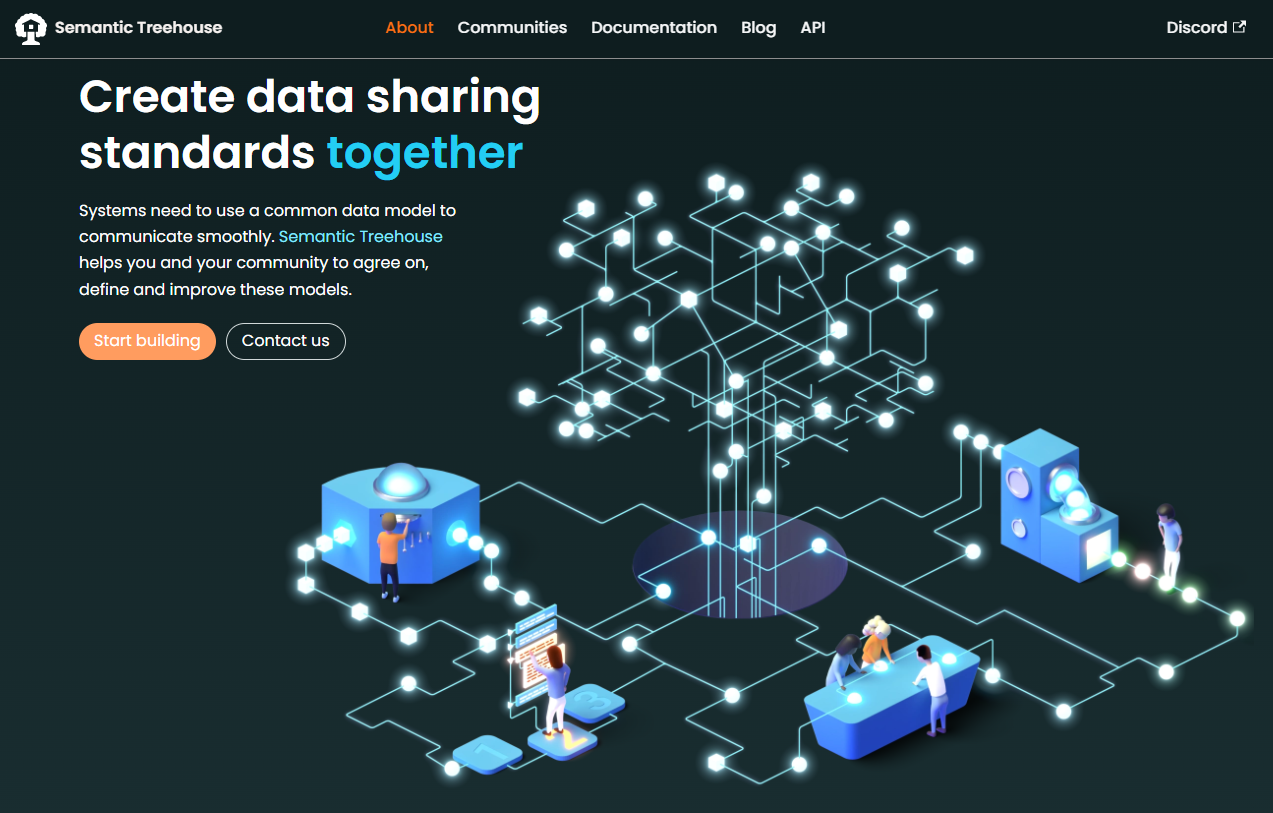Download our position paper: Sharing Vocabularies in Federated Data Spaces
Sharing data across different sectors holds tremendous value. For example, to achieve EU climate goals, the exchange of carbon footprint data across various sectors is of great importance. Therefore, connecting different data sharing communities in these sectors is essential. However, sharing data across different sectors comes with challenges, as each sector develops its own vocabularies and tools. These vocabularies are not accessible across different sectors, and consequently, thus not being used in other sectors. To brigde this gap, a standardized solution is needed to exchange vocabularies across data sharing communities, enhancing the discoverability of vocabularies across different sectors.
